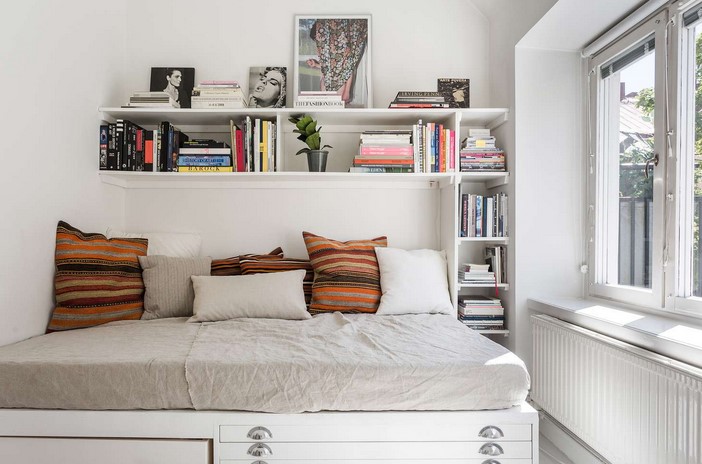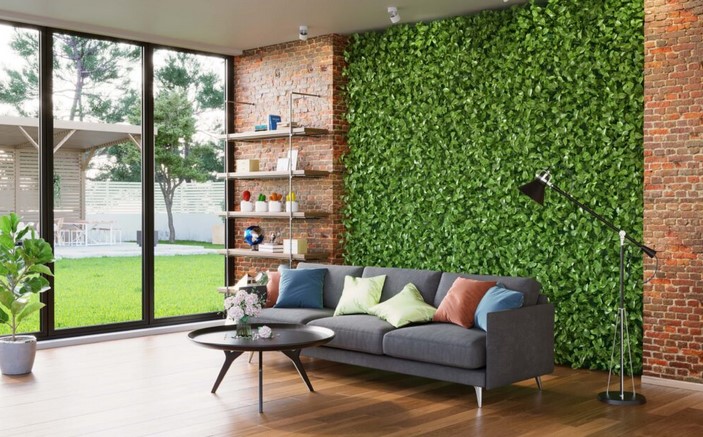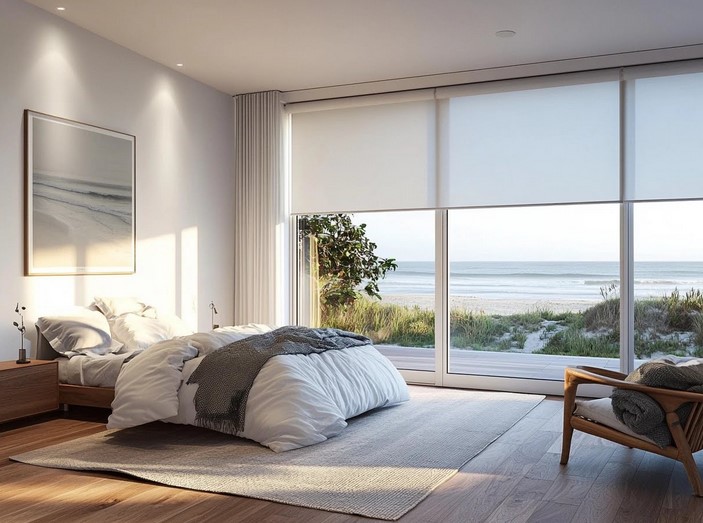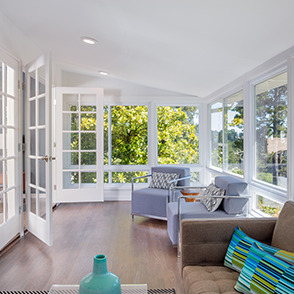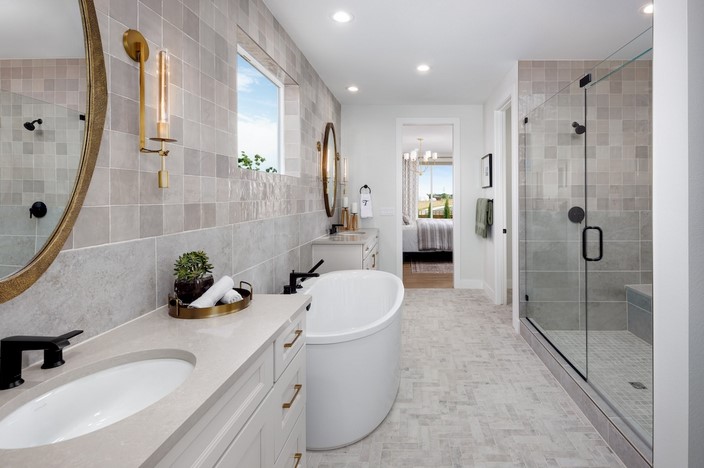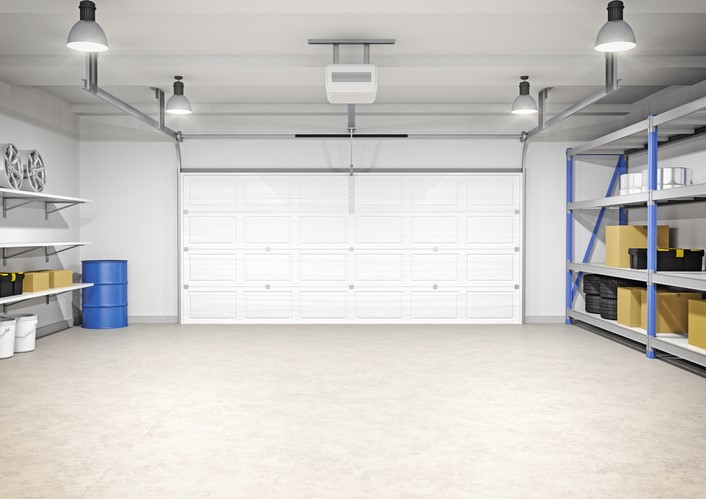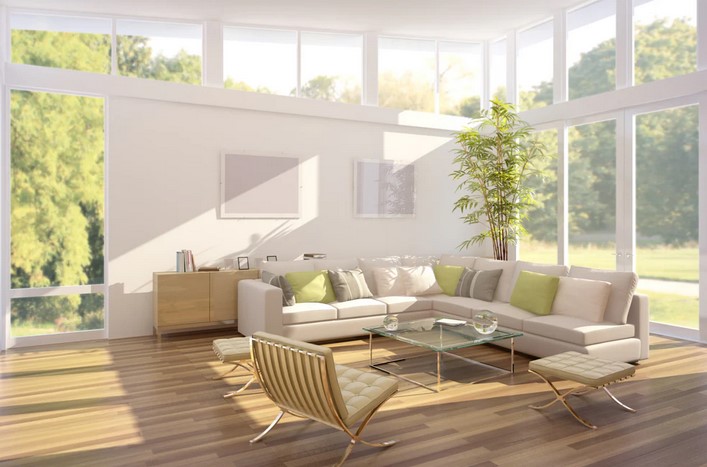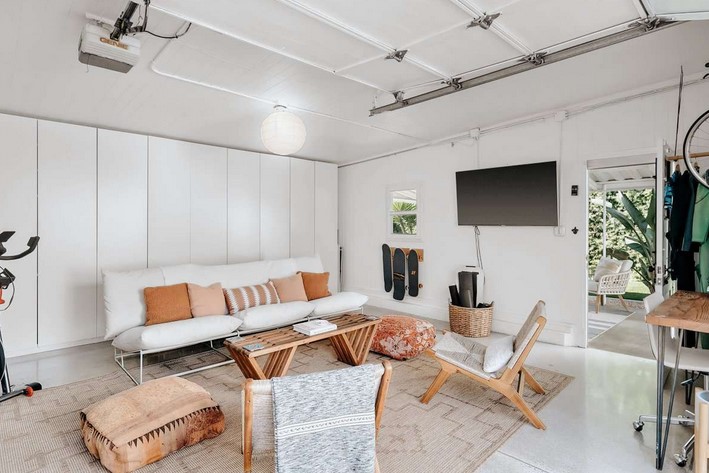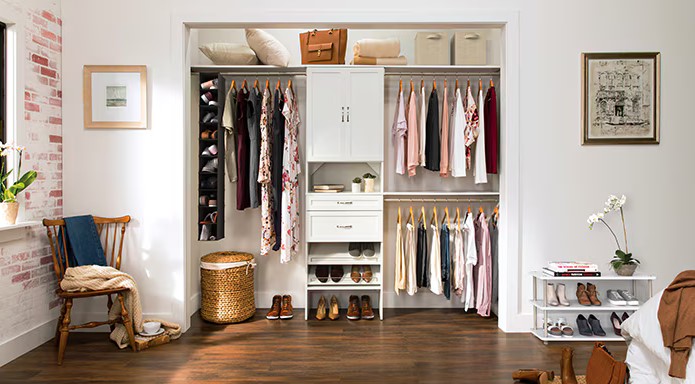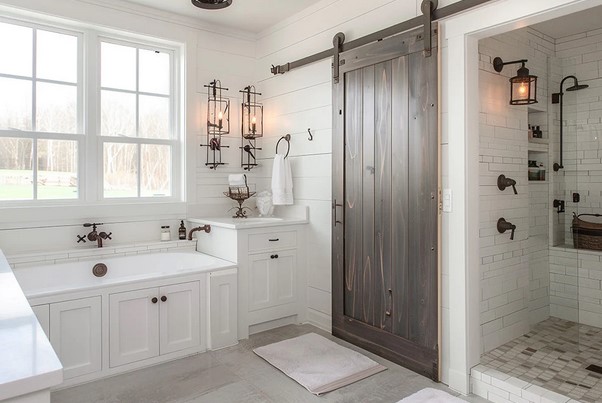
The bathroom is one of the most frequently used spaces in any home, and its fixtures can play a pivotal role in defining the overall aesthetic and functionality of the space. One of the easiest and most impactful ways to elevate the look of your bathroom is by upgrading your faucets to modern bathroom faucets. These sleek, stylish, and innovative fixtures not only enhance the visual appeal of your bathroom but also improve water efficiency, ease of use, and durability. In this article, we’ll dive into the benefits of modern bathroom faucets, the various styles available, and how they can transform your bathroom into a more functional and fashionable retreat.
1. The Benefits of Modern Bathroom Faucets
Upgrading to modern bathroom faucets offers several distinct advantages, making it a worthwhile investment for any homeowner. Below, we’ll explore the key benefits these contemporary fixtures bring to your bathroom design.
1.1 Aesthetic Appeal
Modern bathroom faucets are designed with aesthetics in mind. Unlike older, traditional fixtures, modern faucets boast clean lines, minimalistic forms, and unique finishes that add sophistication and elegance to your bathroom. Whether you prefer a bold, contemporary look with angular spouts or a softer, more fluid design, there is a wide range of options available to match any bathroom style.
These faucets can serve as a focal point in the bathroom, with options such as matte black, brushed nickel, or gold finishes providing a striking contrast to lighter tiles or countertops. Furthermore, the geometric designs of modern faucets can complement modern vanity units, sleek mirrors, and statement lighting, contributing to a cohesive, well-curated space.
1.2 Improved Functionality and Performance
In addition to their visual appeal, modern bathroom faucets are engineered to provide superior performance. Many of these faucets feature technology that enhances water efficiency while maintaining water pressure, helping you save on your utility bills without compromising the flow of water.
For instance, many modern faucets include flow restrictors, which reduce water usage without affecting the water pressure. Some also come with touchless or sensor-activated technology, allowing for a hands-free experience. These features not only make your bathroom more eco-friendly but also offer a higher level of convenience.
1.3 Durability and Longevity
Modern bathroom faucets are crafted from high-quality materials such as brass, stainless steel, and corrosion-resistant alloys, ensuring that they can withstand the rigors of daily use. The materials are not only durable but are often treated to resist tarnishing, staining, and water spots, making them easy to maintain over time.
Moreover, the finishes on modern faucets, whether polished chrome, matte black, or brushed gold, are designed to remain pristine for longer periods, ensuring that your faucet maintains its luster and style even with heavy use. Unlike older faucets, which may require constant cleaning or maintenance, modern faucets are built to last and require minimal upkeep.
1.4 Easy Installation and Maintenance
Modern bathroom faucets are designed for straightforward installation. Many of these faucets come with flexible hoses and easy-to-follow instructions, making the installation process quicker and simpler. Whether you’re upgrading an existing faucet or installing a new one during a bathroom remodel, modern faucets are often easier to install compared to older, more complicated models.
Additionally, modern faucets are designed for ease of maintenance. Features such as removable aerators make cleaning simple, and the smooth finishes on many faucets prevent soap scum and mineral build-up, reducing the frequency and effort required for cleaning.
2. Types of Modern Bathroom Faucets
With a variety of modern bathroom faucets available, it’s important to understand the different types and finishes to find the best one for your bathroom. Below, we explore the most popular styles and features of modern faucets.
2.1 Single-Handle Faucets
Single-handle faucets are a popular choice for modern bathrooms due to their sleek design and ease of use. As the name suggests, these faucets allow you to control both the water temperature and flow with a single lever or handle. This design is not only space-saving but also provides a streamlined, minimalist look that complements a contemporary bathroom style.
Single-handle faucets are available in various styles, including pull-out or pull-down models, which can add extra functionality to your bathroom, especially in smaller spaces where saving space is a priority.
2.2 Wall-Mounted Faucets
For a truly modern and sophisticated look, wall-mounted faucets are becoming increasingly popular in high-end bathrooms. These faucets are mounted directly on the wall, with the spout extending into the sink or bathtub. Wall-mounted faucets offer a clean, uncluttered aesthetic and can create a luxurious focal point in the room.
This style is ideal for modern vanities with floating countertops or vessel sinks, where you want to create a sense of openness and airiness. Wall-mounted faucets also make cleaning around the sink easier, as there are fewer components sitting directly on the countertop.
2.3 Touchless Faucets
For ultimate convenience and hygiene, touchless faucets are a must-have in modern bathrooms. These faucets are equipped with motion sensors that detect the presence of your hands, automatically turning the water on and off without the need to physically touch the faucet. This feature is especially useful in shared bathrooms, as it reduces the spread of germs and keeps the faucet free of fingerprints or smudges.
Touchless faucets are often found in commercial settings, but their sleek design and practical features have made them a popular choice for residential bathrooms as well.
2.4 Two-Handle Widespread Faucets
For those who enjoy a more traditional or classic design, modern two-handle widespread faucets combine timeless style with contemporary performance. These faucets feature separate controls for hot and cold water, typically installed on a wide spread with separate handles for each function.
Modern two-handle faucets offer a sophisticated look, with many designs incorporating angular lines or unique finishes like matte black or brushed brass. These faucets are a great choice for traditional-style bathrooms with a modern twist.
3. Choosing the Right Modern Bathroom Faucet
Selecting the perfect modern bathroom faucet for your space involves considering several factors, from design and function to the type of sink or countertop you have. Below are a few tips for making the best choice:
3.1 Match the Style of Your Bathroom
When choosing a modern faucet, it’s important to consider the overall style of your bathroom. For example, if you have a minimalist bathroom, a single-handle faucet with clean lines in a matte finish may complement the design. If your bathroom leans more toward industrial or rustic styles, a matte black or brushed brass faucet with exposed piping may work better.
3.2 Consider the Size of Your Sink
The size of your sink and the layout of your bathroom also play a role in determining the best faucet for your space. For example, a wall-mounted faucet may be ideal for a vessel sink, as it creates a bold, high-end look while keeping the countertop clean and open. For a smaller sink or bathroom, a single-handle faucet might be the best option, as it saves space and provides a sleek, uncluttered design.
3.3 Check Water Efficiency Ratings
As water conservation becomes increasingly important, consider looking for faucets that are WaterSense certified. These faucets use technology to limit water flow while maintaining excellent water pressure, helping you reduce water consumption and lower your utility bills without sacrificing performance.
3.4 Choose Durable Materials
The materials used in the faucet’s construction are essential for long-lasting durability. Look for faucets made from high-quality materials like solid brass, stainless steel, or ceramic, which can withstand regular use and resist corrosion or tarnishing.
Upgrading your bathroom with modern bathroom faucets is an effective way to add both style and functionality to your space. With a wide range of designs, materials, and features to choose from, modern faucets offer an excellent opportunity to enhance the aesthetics of your bathroom while improving performance and water efficiency. Whether you opt for a sleek single-handle faucet, a luxurious wall-mounted design, or a practical touchless model, these fixtures will help elevate your bathroom experience. By carefully selecting the right faucet to match your style and needs, you can transform your bathroom into a space that combines modern elegance with superior functionality.

